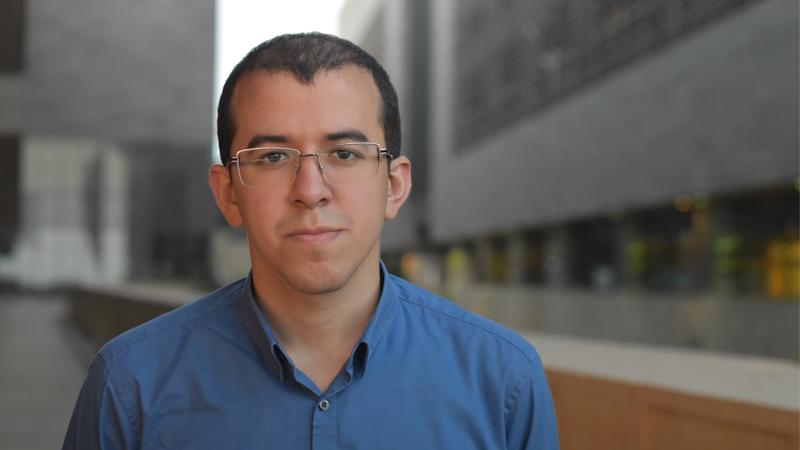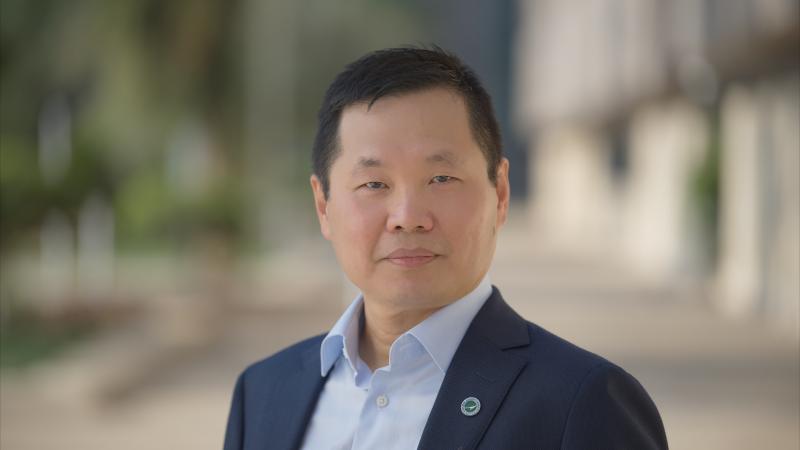Event Start
Event End
Location
Abstract
Highly coherent light, although beneficial in specific applications, suffers from the formation of speckles, resulting in poor imaging, lighting, and projection/display quality. Moreover, the long coherence length limits the resolution in interference based sensing. This has led to the emergence of edge-emitting semiconductor low coherence light sources (e.g., broadband lasers, superluminescent diodes, etc.), which have been used in display applications, optical coherence tomography, and random bit generation. However, edge emission prevents the ease of fabricating two-dimensional arrays. Conversely, vertical-cavity surface-emitting lasers (VCSELs) have recently been widely used in consumer electronics due to the unique advantages of surface emission. Nevertheless, they still suffer from issues caused by high coherence. The aim of this dissertation is to design low-coherence surface-emitting lasers to push simultaneous illumination and optical wireless communication (OWC) toward reliable implementation with higher speeds.
To that end, we demonstrate, for the first time, the use of chaotic cavities to lower the coherence of VCSELs without increasing their emission area, which would lower their speed. Not only did the chaotic cavity result in doubling the number of modes (lowering the coherence) compared to conventional VCSELs, but it also resulted in an increase in the optical power of up to 60%. We also show that chaotic-cavity broad-area VCSELs can achieve significantly broader modulation bandwidths (up to 5 GHz) and higher data rates (up to 12.6 Gb/s) compared to other low-coherence light sources, while achieving a lower speckle contrast. We further report a novel technique of lowering the speckle contrast 2 by carefully designing the AC signal used for communication. We show that the apparent spatial coherence is dramatically decreased by inserting a short chirp signal between symbols. Using this method with a chaotic-cavity VCSEL, the number of apparent modes can be up to 450 modes, compared to 88 modes measured from a conventional broad-area VCSEL.
The simplicity of implementing the reported design, which requires no additional fabrication steps, makes it a promising solution for applications that would benefit from the lower speckle density of the emitted light as well as those that rely on lower temporal coherence.
Brief Biography
Omar Alkhazragi is an electrical and computer engineering (electrophysics) PhD student at the Photonics Laboratory at King Abdullah University of Science and Technology (KAUST), Saudi Arabia. His research is mainly focused on the design, fabrication, and testing of multi-functional optoelectronic devices for high-speed optical communication and quantum applications. He is currently working on the fabrication and development of vertical-cavity surface-emitting lasers (VCSELs) with chaotic cavities and studying their potential in different applications. He received the Optica Publishing Group’s Outstanding Reviewer Award and the SPIE Optics and Photonics Education Scholarship in 2023.


